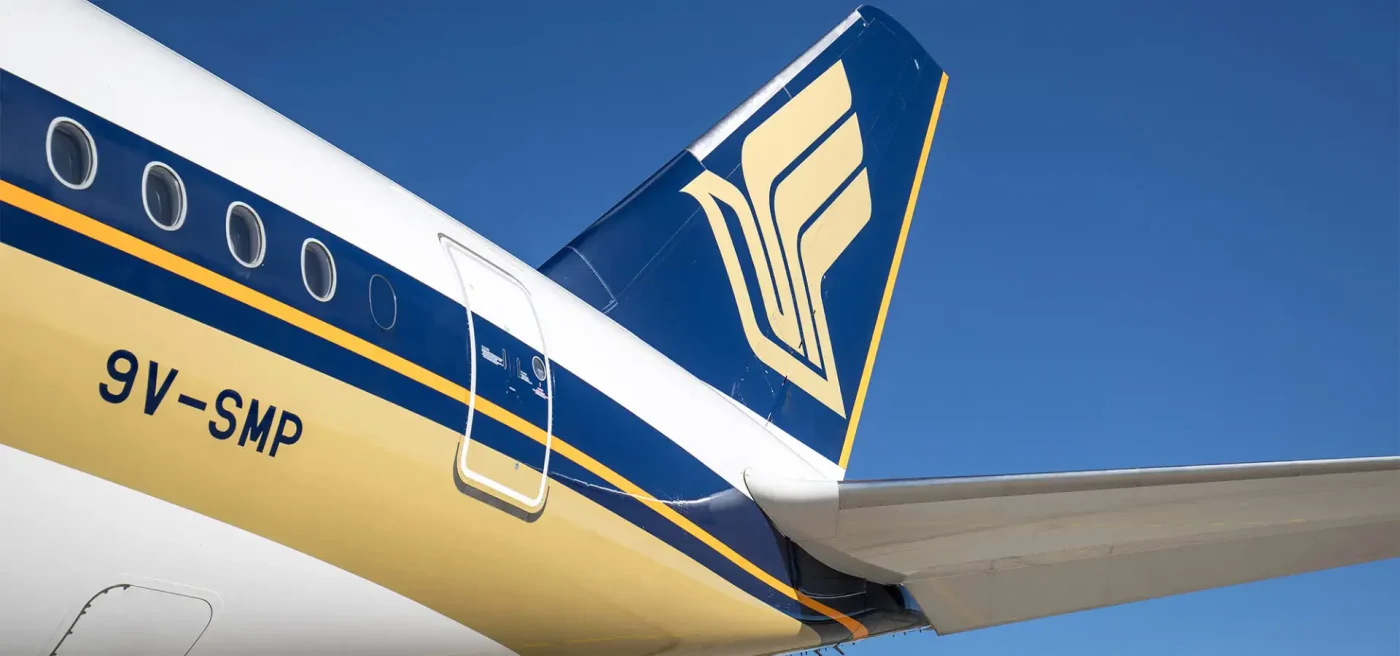More than a year after a tragic turbulence incident aboard Singapore Airlines Flight SQ321 claimed one life and injured 79 others, investigators are still piecing together the events that led to the harrowing ordeal. The Transport Safety Investigation Bureau (TSIB) of Singapore released an interim update on May 27, 2025, confirming that components of the aircraft’s weather radar system have been sent to the United States for detailed examination. As the probe continues, questions linger over the preventability of the incident, the adequacy of safety measures, and the potential legal battles awaiting the airline.
The Fateful Flight: A Recap of May 21, 2024
On May 21, 2024, Singapore Airlines Flight SQ321, a Boeing 777-300ER carrying 211 passengers and 18 crew members, departed London for Singapore. Approximately 10 hours into the journey, while cruising at 37,000 feet over the Irrawaddy Basin in Myanmar, the aircraft encountered severe turbulence. According to preliminary findings by the TSIB, released on May 29, 2024, the plane began to vibrate, rose rapidly to 37,362 feet, and experienced a sudden increase in speed while on autopilot.
The turbulence struck during meal service at 3:49:21 PM Singapore time. Within seconds, the pilots activated the “fasten seat belt” sign in an attempt to manage the situation. However, just eight seconds later, the aircraft plummeted 178 feet, causing rapid changes in gravitational forces. Unbelted passengers and crew were flung into the air and slammed back down, resulting in severe injuries. A 73-year-old British passenger, Geoffrey Kitchen, suffered a suspected heart attack and tragically passed away. Others, including passengers from Malaysia and Australia, sustained critical head and spine injuries, while crew members were also hurt.
Declaring a medical emergency, the pilots diverted the aircraft to Suvarnabhumi International Airport in Bangkok, where it made an emergency landing. The incident immediately drew global attention, raising concerns about aviation safety, turbulence detection, and airline response protocols.
Ongoing Investigation: Weather Radar Under Scrutiny
The TSIB’s latest interim statement, issued just days after the first anniversary of the incident, provides a glimpse into the ongoing investigation. Key components of the aircraft’s weather radar system have been shipped to the US for testing, with assistance from the National Transportation Safety Board (NTSB) and the Federal Aviation Administration (FAA). Aircraft manufacturer Boeing and other relevant parties are also supporting the probe, which adheres to international guidelines for aircraft accident investigations.
Under these guidelines, a preliminary report must be issued within 30 days of an incident, and a final report should ideally be published within 12 months. If delays occur, an interim update is required annually on the anniversary of the event. While the TSIB met the initial deadline with its May 2024 preliminary findings, the final report remains pending as testing continues. The bureau has assured the public that the report will be released once the inquiry concludes, though no specific timeline has been provided.
Early speculation from sources like AccuWeather pointed to rapidly developing thunderstorms near the flight path as a likely trigger for the extreme turbulence. Such storms, characterized by powerful updrafts exceeding 160 kilometers per hour, can cause sudden and severe altitude changes. The focus on the weather radar system suggests investigators are examining whether the equipment adequately detected or warned of these conditions in time for the pilots to take evasive action.
Could the Turbulence Have Been Avoided?
One of the most pressing questions surrounding the SQ321 incident is whether the turbulence could have been avoided. Reports indicate that other aircraft in the vicinity, such as Swiss International Air Lines Flight LX181 from Bangkok to Zurich, successfully navigated around severe weather conditions on the same day. According to checks by The Straits Times, the Swiss flight’s pilots made significant course deviations using onboard weather radar to bypass the thunderstorms.
This has led to speculation about whether Singapore Airlines’ pilots had access to similar real-time data or if operational decisions played a role in the aircraft’s exposure to the turbulent zone. While investigators have not yet drawn conclusions, the examination of the weather radar system could provide critical insights into whether technical limitations or human factors contributed to the incident. If confirmed, such findings may prompt broader discussions about enhancing turbulence detection technologies and pilot training across the aviation industry.
Legal Ramifications: A Battle on the Horizon
Beyond the technical investigation, Singapore Airlines faces a looming legal challenge. Under Singapore law, the TSIB’s final report will not be admissible as evidence in court, except during a coroner’s inquiry. However, its findings are expected to shape the narrative in what legal experts predict will be a protracted battle between the airline and affected passengers. Many of those injured suffered life-altering trauma, including severe physical injuries and psychological scars, which could form the basis for substantial claims.
The airline has already offered compensation to some passengers, but experts suggest that lawsuits spanning multiple jurisdictions are likely. Based on precedents in similar aviation incidents, settlements—often confidential—could reach millions of dollars for the most serious cases. Claims against Singapore Airlines must be settled or brought to court by the second anniversary of the incident in May 2026, adding urgency to the legal proceedings.
An SIA spokesperson reiterated on May 27, 2025, that the airline is fully cooperating with authorities in the investigation. “The safety of our customers and staff remains SIA’s top priority” the spokesperson stated, underscoring the carrier’s commitment to addressing the aftermath of the incident. However, the scale of potential litigation and public scrutiny may test the airline’s reputation and financial resilience in the coming years.
Aviation Safety: Broader Implications
The SQ321 turbulence incident has reignited debates about aviation safety, particularly concerning the unpredictability of clear-air turbulence and the adequacy of current detection systems. While modern aircraft are equipped with advanced weather radar, severe turbulence can sometimes occur without visible warning signs, posing a persistent challenge to pilots and airlines. The outcome of the TSIB investigation could lead to recommendations for improved technology, revised flight protocols, or stricter seatbelt policies during long-haul flights.
Passenger behavior also comes into focus. The rapid onset of turbulence during meal service on SQ321 meant that many passengers were unbelted at the time of the incident, exacerbating the risk of injury. Airlines may face pressure to reinforce safety announcements and encourage passengers to remain seated and belted whenever possible, even during seemingly calm portions of a flight.
Additionally, the incident highlights the human toll of aviation mishaps. Beyond the tragic loss of Geoffrey Kitchen, the physical and emotional injuries sustained by passengers and crew serve as a stark reminder of the stakes involved. Stories of recovery and resilience have emerged in the year since the incident, with some passengers sharing their ongoing struggles with trauma and mobility issues. These personal accounts underscore the need for comprehensive support systems, including mental health resources, for those affected by such events.
Looking Ahead: Accountability and Reform
As the investigation into Singapore Airlines Flight SQ321 continues, the aviation community and the public await answers that could shape the future of air travel safety. The findings regarding the weather radar system and pilot decision-making will likely influence industry standards, potentially leading to innovations in turbulence prediction and avoidance. Meanwhile, the legal proceedings against SIA will test the boundaries of accountability and compensation in the aftermath of aviation incidents.
For now, the interim updates from the TSIB offer little closure to those affected by the tragedy. As the second anniversary approaches in 2026, the pressure mounts for a final report that addresses the lingering uncertainties. Until then, the incident serves as a sobering reminder of the unpredictable forces at play in the skies and the shared responsibility to mitigate their impact on human lives.
















